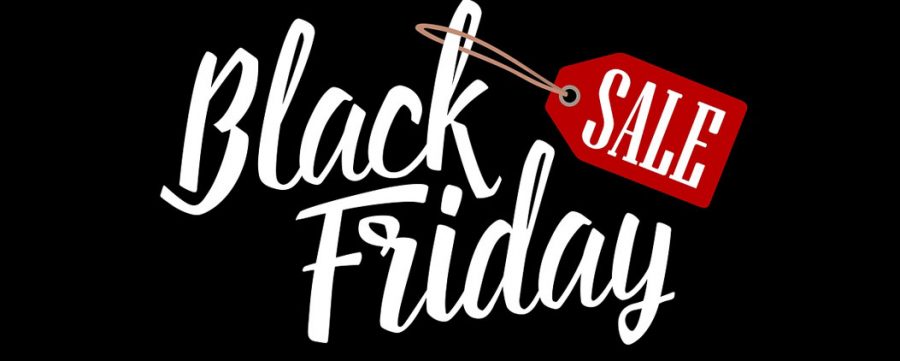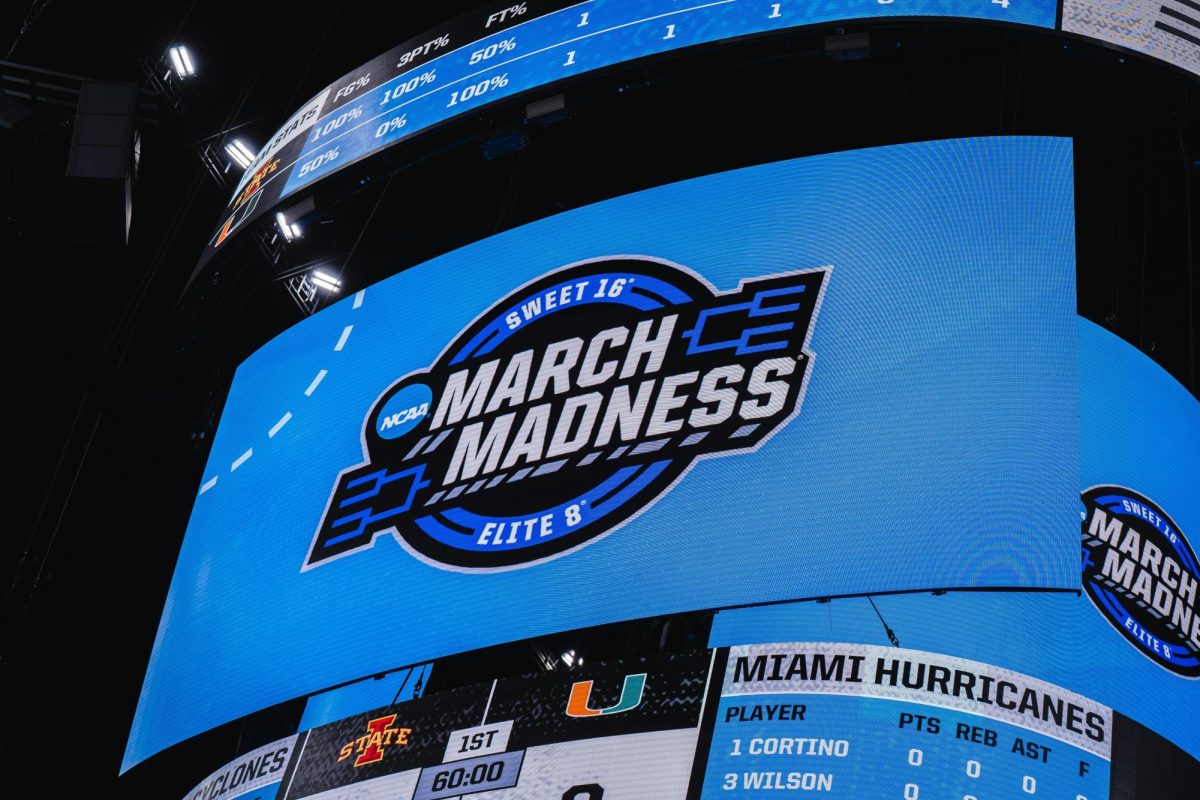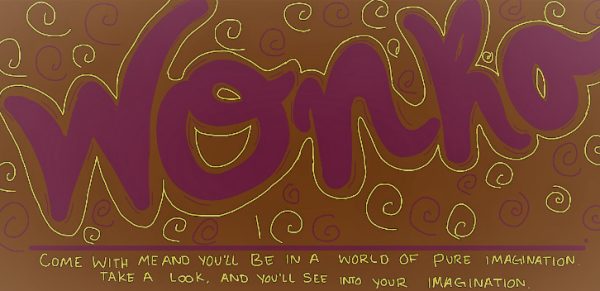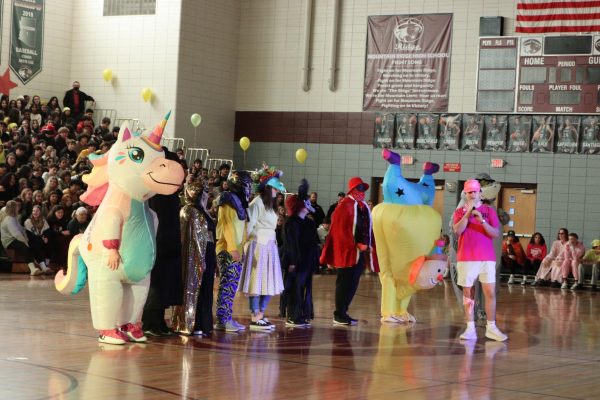The History of Black Friday
November 16, 2018
Black Friday, the absolute worst and best day to go shopping. The low prices combined with the crowds of people, prove that there is a positive and negative to everything. But how did this fiasco of a day begin?
Before the term Black Friday was devised with the day after Thanksgiving, it was associated with September 24, 1869, when two entrepreneurs started a stock market crash in the gold industry. Jay Gould and James Fisk were two men just trying to become rich when they came up with an idea to mess with the gold industry. The two men began to buy as much gold as they possibly could, then selling it for way higher prices than they originated. This created a huge stock market crash and prices in the gold industry fell about 20%. This also caused prices for other goods’ to plummet almost 50%. This panicked event became known as Black Friday, one of the worst days for market companies.
From there, this day got lost in history, and the term Black Friday wasn’t used again until the 1950’s by Philadelphia police officers. Every year in Philadelphia, the Army and Navy football teams would play against each other on the day after Thanksgiving. The police officers would use the term Black Friday to describe the ongoing chaos that proceeded on this day, as it was a very popular event. Suburban shoppers and tourists would flood the city just to watch the game and the officers would often have to work extra with the large amounts of crowds and traffic that took place. As more games were won and lost, shoplifters began to take advantage of the turmoil and steal from stores or bargain for lower prices on items, expanding the mayhem for everyone, especially the officers.
By 1961, Black Friday caught on all throughout Philadelphia. Local city merchants thought poorly of the name Black Friday, believing that it was a negative term for the day. They tried to change the name to Big Friday but unfortunately, it never caught on to the public. So, retailers figured, if they couldn’t change the name, then they could reinvent the layout of the day. In the late 1980’s, industries decided that the day after Thanksgiving should mark a special occasion for American stores to turn a profit and create massive sales for everyone.
Since then, the one day sale turned into a four day sale event with the days Small Business Saturday/Sunday and Cyber Monday. The weekend after Thanksgiving became “retail holidays” all around America. In 2013, The National Retail Federation combined online and store sales for the entire weekend and concluded that about $57.4 million was spent. Although it seems like a ton of money spent, this amount was lower than the money spent the year before in 2012, which was about $60 million. Most of the money spent is from the online deals offered on Cyber Monday and about 183.8 million Americans interviewed about the weekend said they would spend most of their money and time online shopping instead.
As the years go by, in store and online prices got lower and lower. Black Friday took America by storm, and still does to this day becoming one of the most popular national holidays around.













